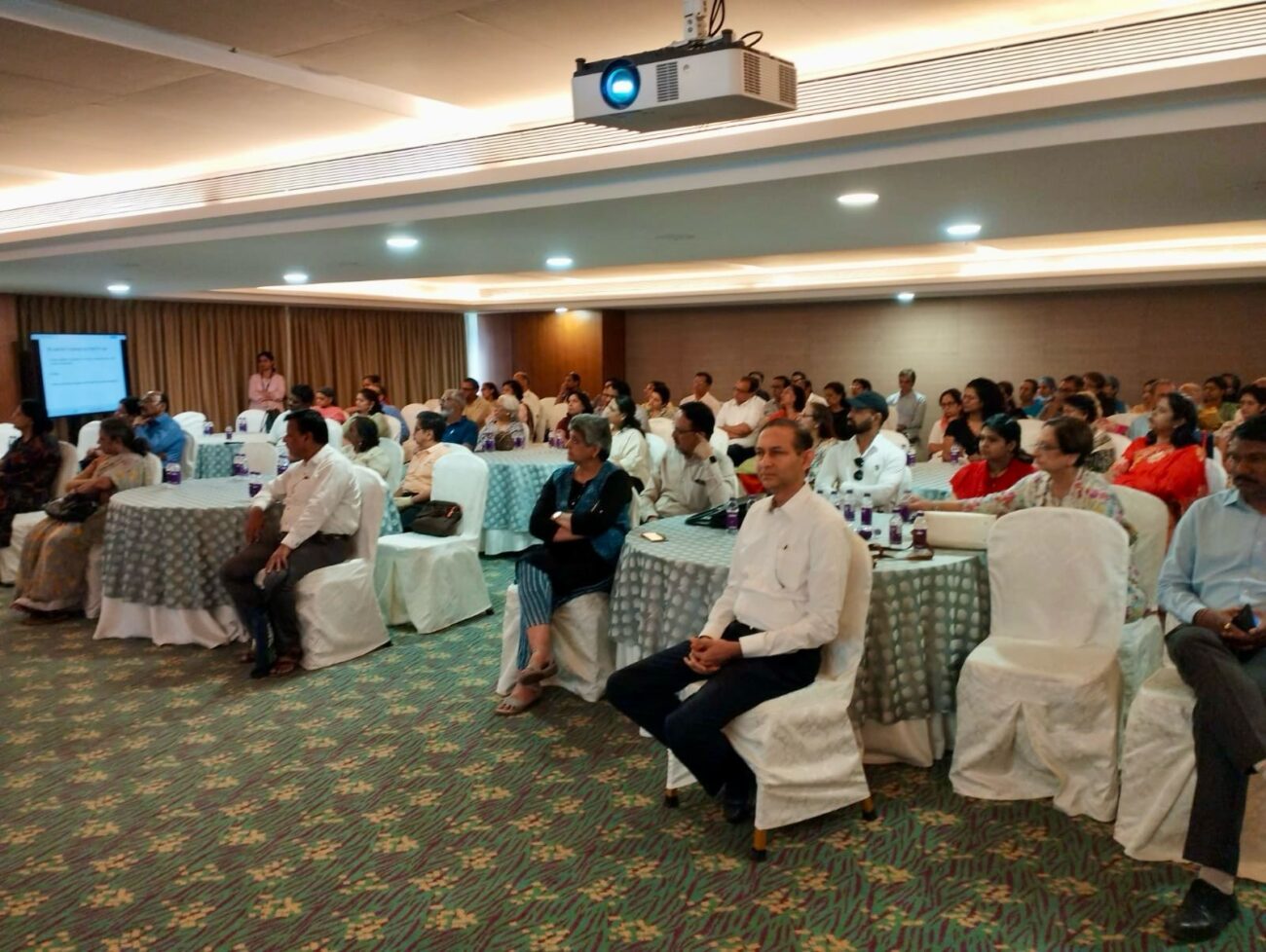The Changing Face of Healthcare in Saudi Arabia
India can be the Kingdom’s Best and Natural Partner in Healthcare Sector Saudi Arabia, the largest country in Western Asia, is currently going through fundamental structural changes in all economic sectors, including healthcare, in light of
India can be the Kingdom’s Best and Natural Partner in Healthcare Sector
Saudi Arabia, the largest country in Western Asia, is currently going through fundamental structural changes in all economic sectors, including healthcare, in light of its ambitious program called Saudi Vision 2030. The Kingdom’s growing population, which will exceed 45 million by 2030, represents a key component for the growth of the healthcare sector.
The Vision 2030 offers a range of opportunities for collaboration with foreign partners in key areas. They include setting up medical facilities, working closely in medical insurance sector, information technology, healthcare education, training of manpower and professional development. To this end, it is important to mention that foreign investors are allowed to own and manage hospitals in Saudi Arabia.
As per the regulatory provision, foreign participation and investment in health facilities can take place through public-private partnerships and joint ventures with Saudi owned companies. In fact, the healthcare sector is prioritized by the Saudi government as expenditure on health and social development increased from $18.4 billion in 2011 to $45.9 billion in 2019, registering a significant increase.
In a report published recently, Dr. Tawfig Al-Rabiah, Saudi Minister of Health, stated: “Saudi Vision 2030 has given us a driving force to move forward with solid steps regarding the reforms needed to uplift the level of healthcare in the Kingdom. Key to these reforms is public-private partnerships and global best practices.” The Kingdom is seeking to form and promote partnerships with firms to raise competitiveness and productivity across the healthcare industry within the framework of Vision 2030. These changes and collaboration are creating lucrative and exciting opportunities for local and foreign investors alike.
In its white paper on the healthcare sector in the Kingdom of Saudi Arabia, Colliers International said with Vision 2030, “the healthcare sector in the Kingdom continues to evolve alongside the global advancements in technology, research, and development.” However, the successful growth of the healthcare sector will largely depend on embracing new technologies and innovations, which will produce data-driven, patient-centric and result-oriented healthcare.
The Kingdom is strongly seeking partnerships with foreign firms to raise competitiveness, efficiency, and productivity across the healthcare industry. Priorities for future investment include the manufacturing of medical equipment and pharmaceuticals, medical information technology, and hospital management, amongst others. These priorities are particularly important keeping in view the fact that the Kingdom’s healthcare spending has grown to $45 billion annually. This spending is forecasted to grow to $160 billion annually by 2030.
The report by Colliers International also highlighted population growth at a CAGR of 2.5 percent to 45 million by 2030 as one of the key factors fuelling the demand for healthcare services. This will also create more opportunities for medical insurance providers, who will develop insurance products to cater to the needs of Saudi nationals and expatriates. The government agencies, as well as the private sector players, will also benefit from the digital healthcare innovations.
The website of the state-owned Saudi Arabian General Investment Authority (SAGIA) lists the manufacture of medical devices and equipment as an investment opportunity for foreign investors. Currently, most medical devices are imported into the Kingdom. The Saudi Ministry of Health is supporting local manufacturers on preferential basis. Its mention-worthy here that foreign manufacturers will have the additional benefit of being able to distribute and sell medical devices within the country without the need of a local distributor.
The potential effect of Vision 2030 is far-reaching and will bring enormous benefits to the economy of Saudi Arabia and to foreign investors. India in this context can be a natural partner of Saudi Arabia in health sector. A large number of Indian companies and Saudi companies can join hands and work closely in different areas of health industry. India has had great potential in medical devices industry.
According to reports, India’s healthcare industry is one of the fastest-growing sectors and it is expected to reach $280 billion by 2020. India has also become one of the leading destinations for medical technology including high-end diagnostic services with tremendous capital investment for advanced diagnostic facilities, thus catering to a greater proportion of population.
In fact, the healthcare sector of India is much diversified and it offers opportunities in every segment. The hospital industry in India is forecasted to increase to $ 132.84 billion by 2022 from $ 61.79 billion in 2017 at a CAGR of 16-17 percent. India’s competitive advantage also lies in the success rate of its companies in getting Abbreviated New Drug Application (ANDA) approvals. This is in addition to the opportunities in R&D as well as medical tourism.





